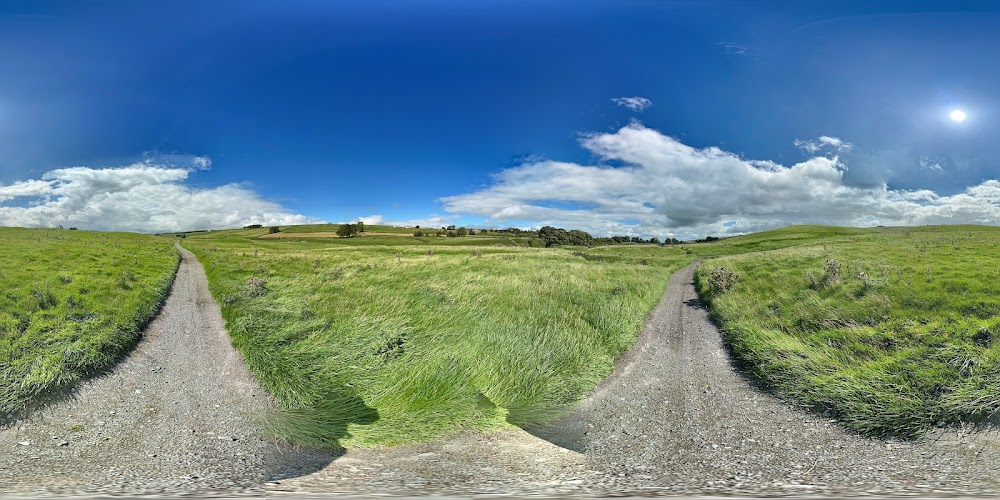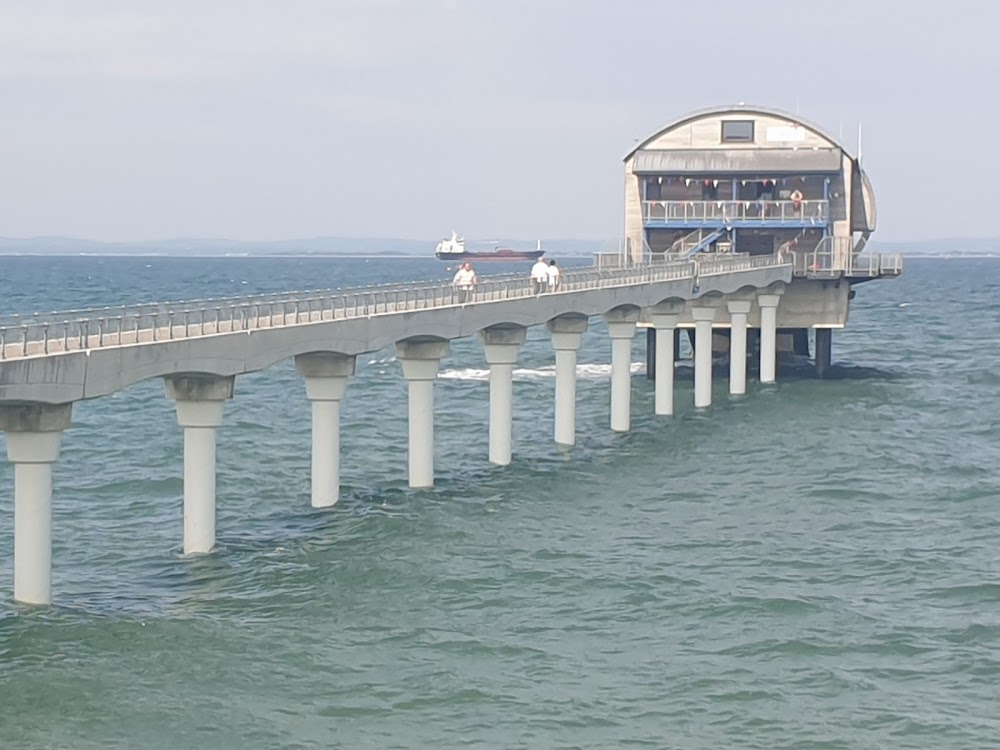Charles Dickens's England Filming Locations

Where was Charles Dickens's England filmed? Charles Dickens's England was filmed in 28 locations across United Kingdom and Australia in the following places:
Charles Dickens's England Filming Locations
Liverpool is a maritime city in northwest England, where the River Mersey meets the Irish Sea. A key trade and migration port from the 18th to the early 20th centuries, it's also, famously, the hometown of The Beatles. Ferries cruise the waterfront, where the iconic mercantile buildings known as the "Three Graces" – Royal Liver Building, Cunard Building and Port of Liverpool Building – stand on the Pier Head.
Barnard Castle is a market town on the north bank of the River Tees, in County Durham, England. The town is named after and built around a medieval castle ruin. The town's Bowes Museum's has an 18th-century Silver Swan automaton exhibit and paintings by Goya and El Greco.
Bowes is a village in the historic county of Yorkshire and, since 1974, in the ceremonial county of County Durham, England. Located in the Pennine hills, it is situated close to Barnard Castle. It is built around the medieval Bowes Castle.
Broadstairs is a coastal town on the Isle of Thanet in the Thanet district of east Kent, England, about 80 miles east of London. It is part of the civil parish of Broadstairs and St Peter's, which includes St Peter's, and had a population in 2011 of about 25,000.
Bury St Edmunds, commonly referred to locally as Bury, is a historic market and cathedral town and civil parish in the West Suffolk district, in the county of Suffolk, England. The town is best known for Bury St Edmunds Abbey and St Edmundsbury Cathedral.
Camden Town is famed for its market, a warren of fashion and curiosities by the Regent’s Canal. A haven of counter culture, the area is popular with tourists, teenagers and punks. The thriving nightlife scene includes live music in alternative clubs and old-school pubs, and major stars playing at the Jazz Cafe and the Roundhouse. Cafes bustle during the day. Nearby Regent’s Park has formal gardens and the London Zoo.
Chalk is a village and since 1935 a former civil parish which adjoins the east of Gravesend, in the Gravesham district, in the county of Kent, England. As is intuitive, its name comes from the Saxon word cealc meaning a chalkstone.
Chatham is a town located within the Medway unitary authority in the ceremonial county of Kent, England. The town forms a conurbation with neighbouring towns Gillingham, Rochester, Strood and Rainham. In 2020 it had a population of 80,596.
Chelsea is an affluent area known for the smart boutiques & high-end restaurants lining busy King's Road. The National Army Museum traces British army history from the 1600s to the present, while the Saatchi Gallery displays contemporary art in the Duke of York's headquarters. The red-coated retired soldiers known as the Chelsea Pensioners run guided tours of their residence, the Royal Hospital Chelsea.
A historic area bordering the City of London, Farringdon is known for Smithfield Market, a centre for meat trading since medieval times. St. Bartholomew the Great is a 12th-century, Romanesque-style church, while The Charterhouse complex, dating to 1348, includes a museum with tours. A lively nightlife scene around Charterhouse Street includes upmarket bars, trendy restaurants, and the long-running Fabric nightclub.
Folkestone is a port town on the English Channel, in Kent, south-east England. The town lies on the southern edge of the North Downs at a valley between two cliffs. It was an important harbour, shipping port, and fashionable coastal resort for most of the 19th and mid-20th centuries.
Greta Bridge is a village on the River Greta in County Durham, England.
Hampstead is an affluent residential community long favoured by academics, artists, and media figures. Hampstead Heath has meadows, woodland, and swimming ponds, plus city views from Parliament Hill. Open to the public, Kenwood House is a neoclassical villa with a collection of Old Master art. Boutiques, gastropubs, and upmarket restaurants occupy the Georgian buildings and alleyways of quaint Hampstead Village.
As London’s historic law district, Holborn is a bustling mix of legal buildings and offices, such as the imposing Royal Courts of Justice and nearby Inns of Court. Small museums here include Sir John Soane's Museum, filled with architectural drawings. Jewellery shoppers browse Hatton Garden’s diamond boutiques, while gastropubs and casual cafes cater to a post-work crowd and students from nearby universities.
Limehouse is a regenerated former dockland area where housing in converted warehouses and modern towers lines the Thames and Limehouse Basin, which is also home to a yacht-filled marina. The iconic Grapes pub, dating from 1583, overlooks the river, and waterside paths have panoramic city views. Upscale restaurants and hip cafes sit alongside laid-back global eateries.
Charles Dickens's England (2009)
The film looks at the places Charles Dickens lived and worked and how he used them in his novels and stories.



